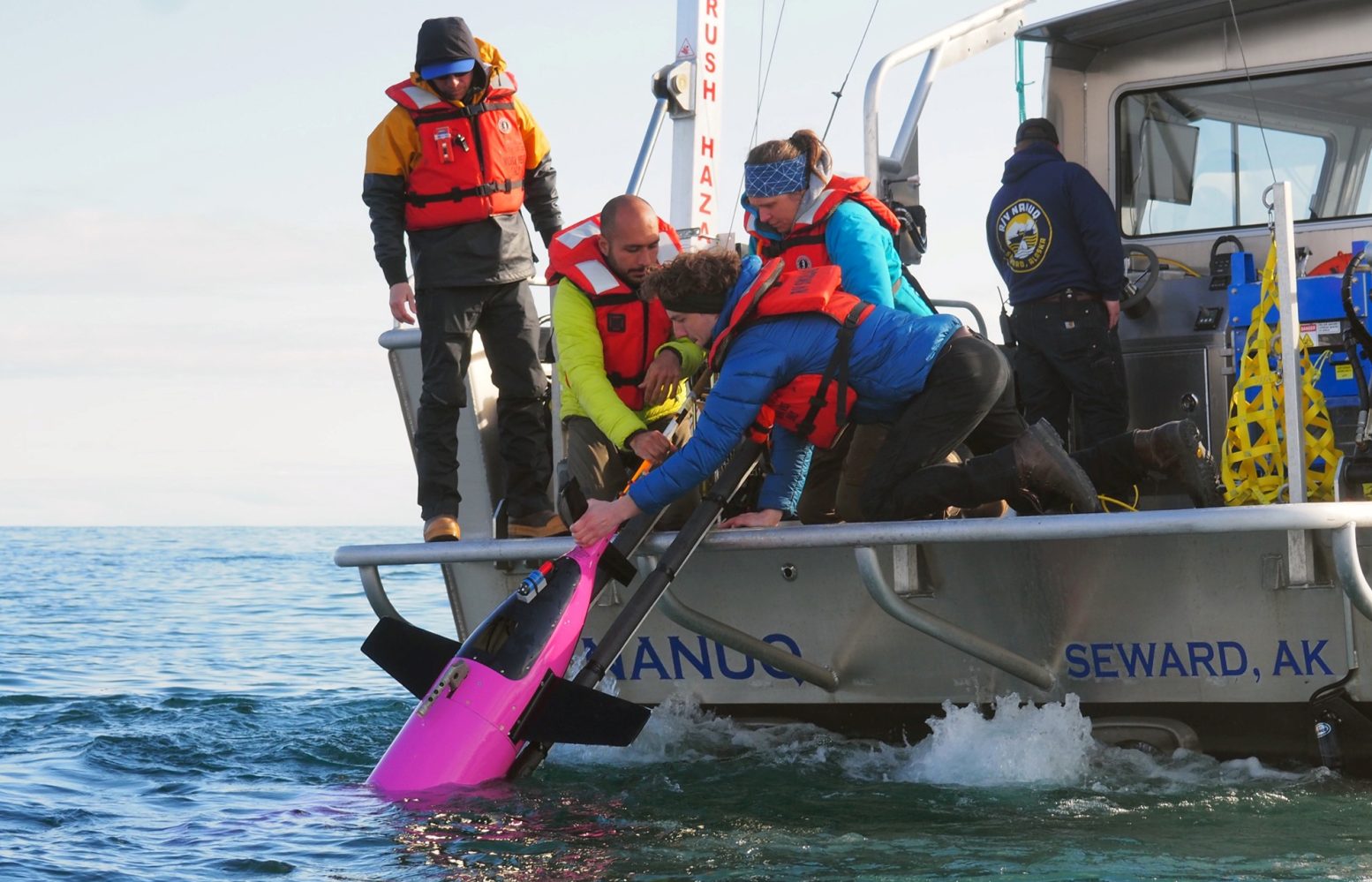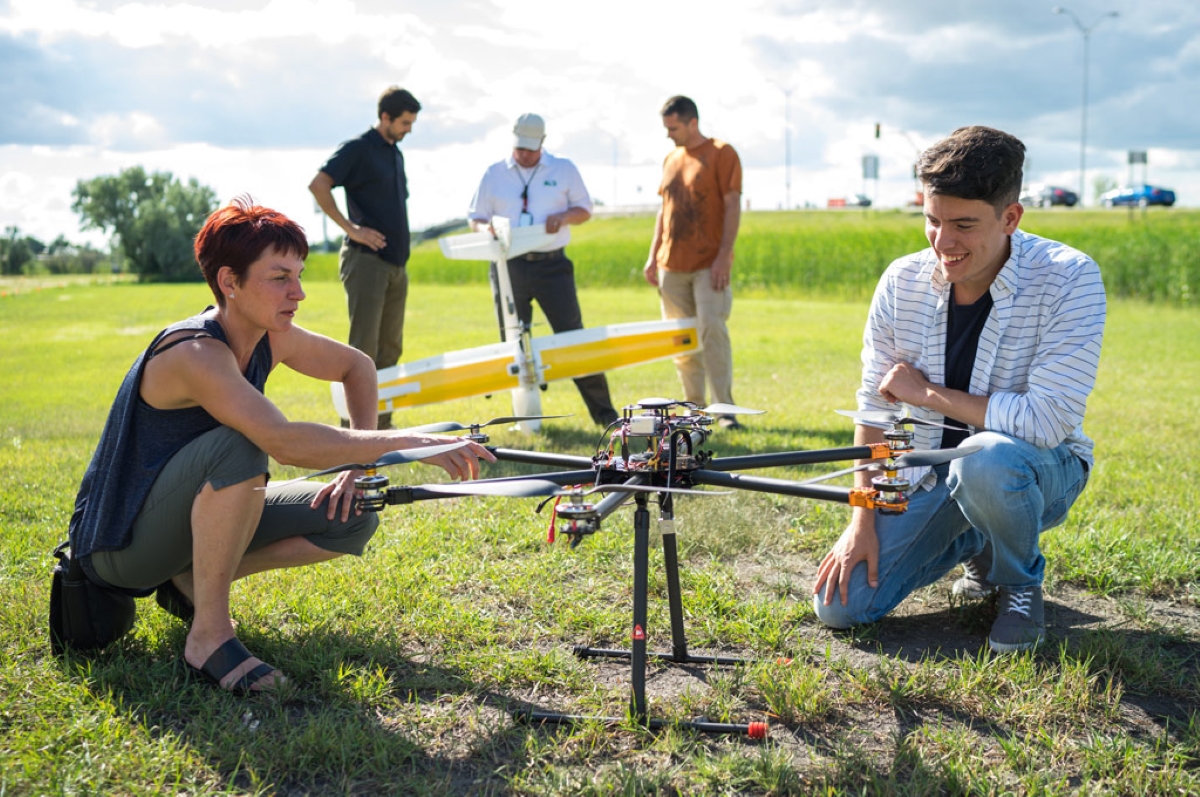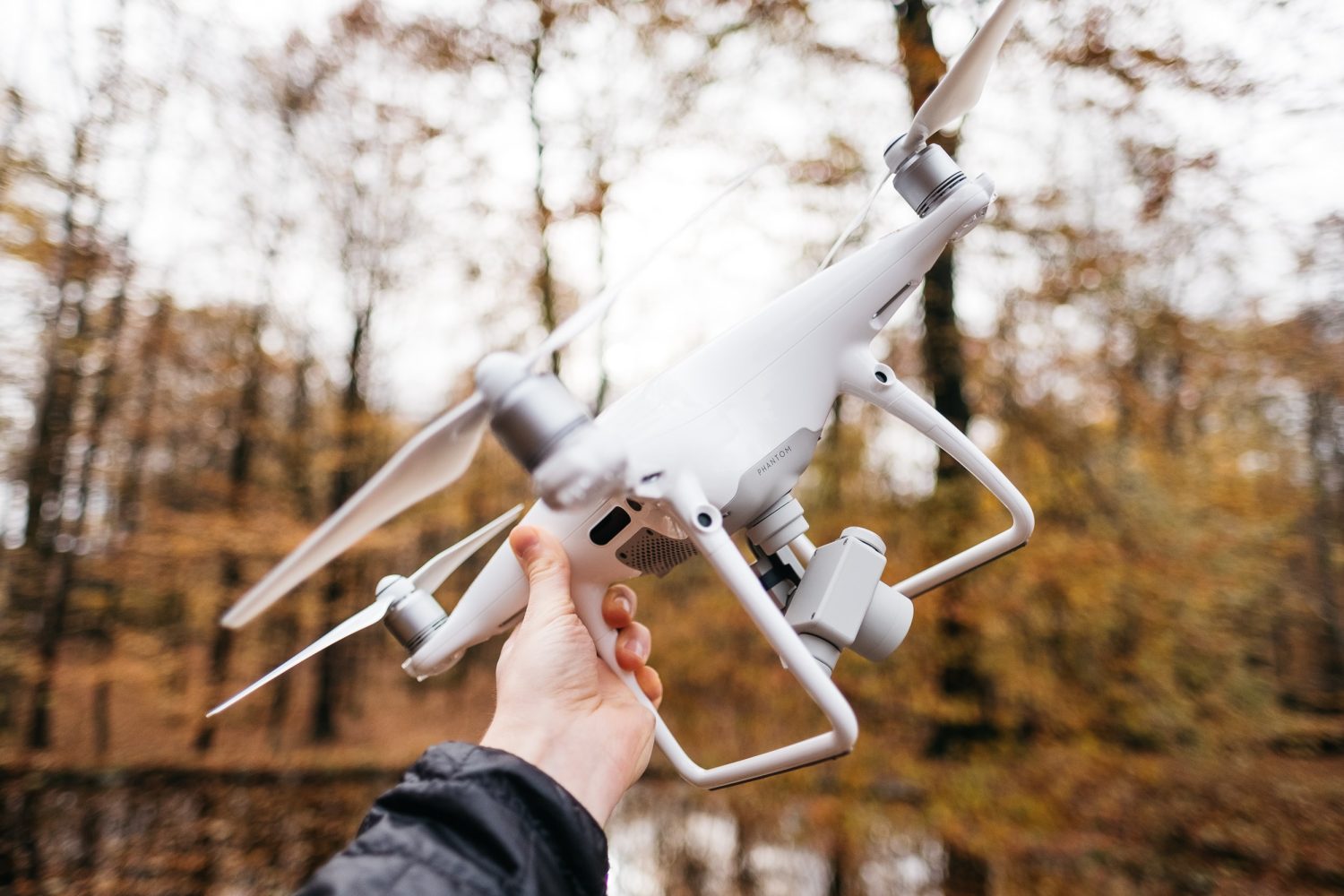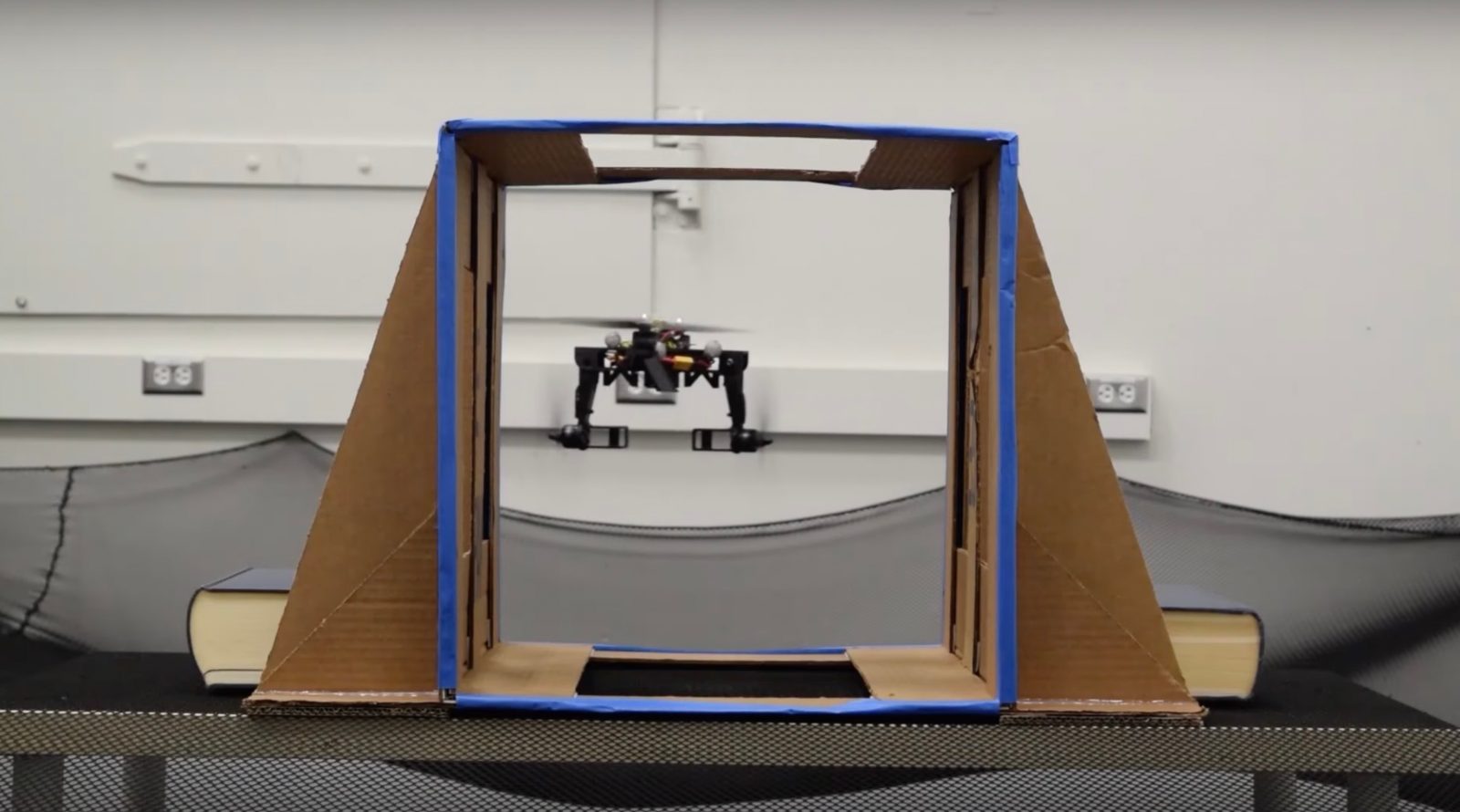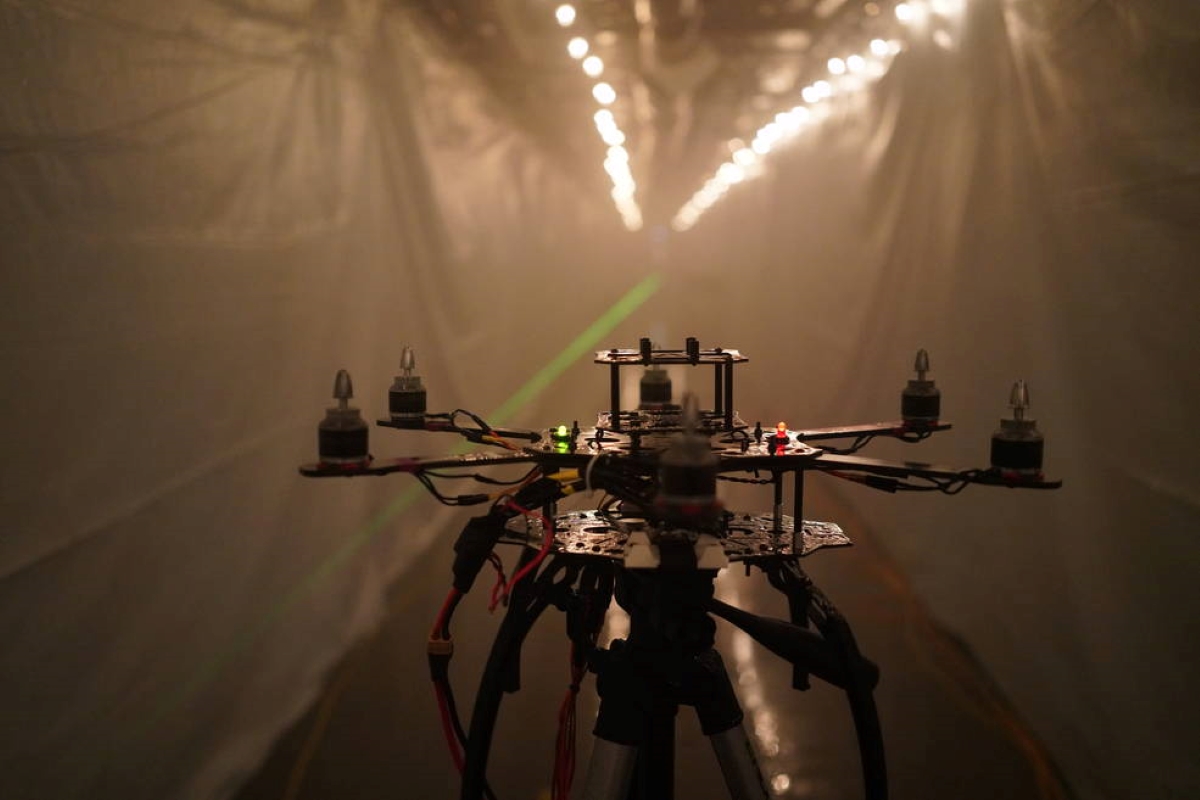Taser drone maker halts project after mass resignation from ethics board

Axon CEO and founder Rick Smith says he’s “pausing work” on the infamous Taser drone project until his company has had a chance to “fully explore the best path forward.” The announcement comes as nine of the 12 members who sit on Axon’s Al Ethics Advisory Board send in their resignations to protest the project.
Expand Expanding Close
